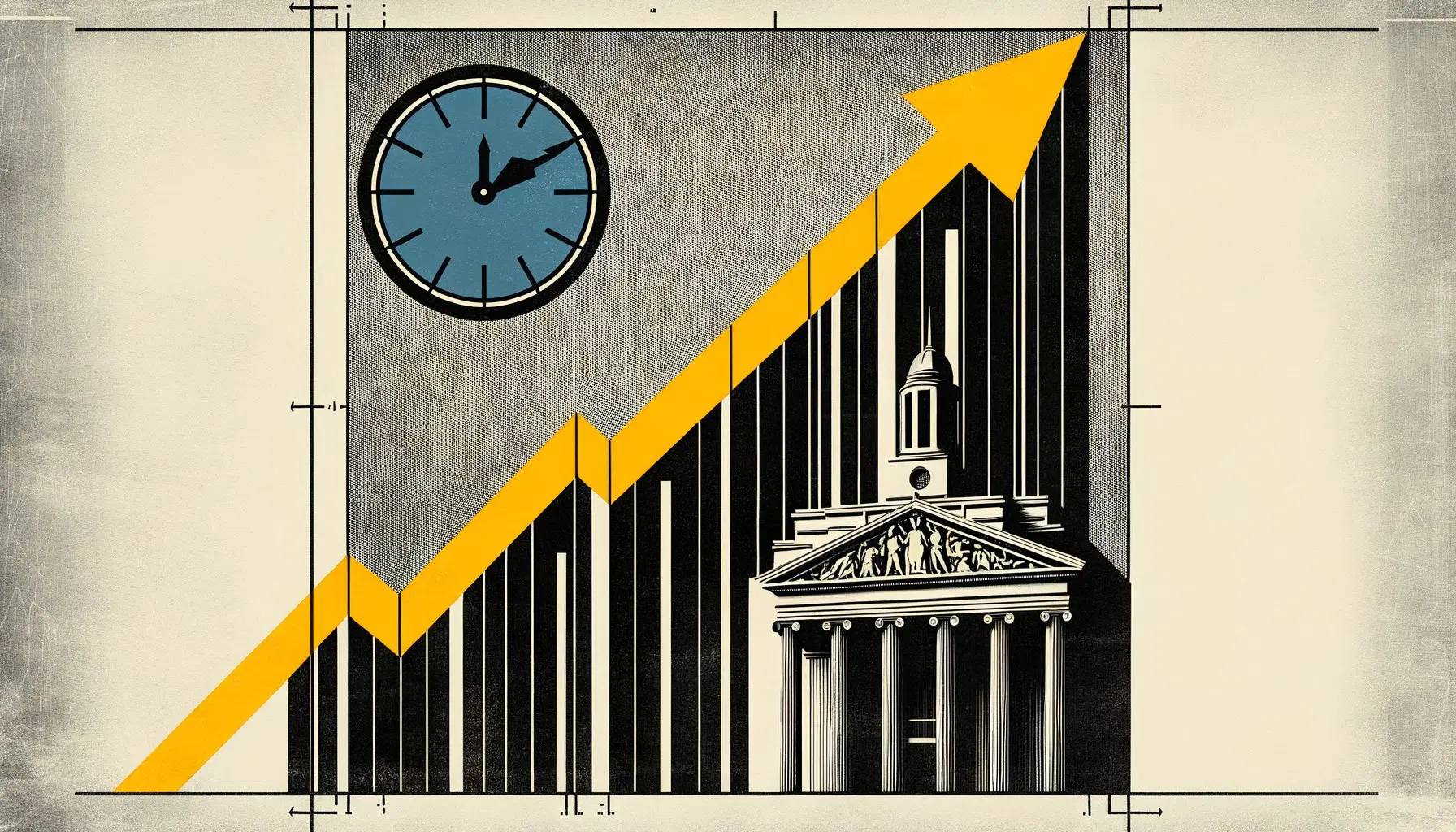U.S. Q2 GDP beats expectations with 2.8% jump
In the second quarter, U.S. real GDP came in at a preliminary 2.8% YoY on an annualised basis, far exceeding expectations of 2.00% and doubling from the previous 1.40%.

The Bureau of Economic Analysis (BEA) has just released the GDP data for the second quarter. The US real GDP grew at an annualized rate of 2.8% in the second quarter, significantly surpassing the expected 2.00% and doubling the previous quarter's 1.40%.
Consumer spending was a major driver of this growth, with private inventory investment and non-residential fixed investment also contributing. Personal consumption expenditures (PCE), a key measure of economic activity, grew by 2.3% this quarter, up from 1.5% in the first quarter. Both services and goods spending saw strong growth this quarter.
The data shows that the increase in services spending was primarily driven by healthcare, housing and utilities, and recreational services. Americans also had significant expenditures on goods such as motor vehicle parts, recreational equipment, household furnishings, and gasoline.

One important factor driving consumer growth was the increase in personal income, which rose by $237.6 billion in the second quarter, approximately a 1% increase from the first quarter. Inflation-adjusted disposable income grew by 1%, slightly lower than the 1.3% growth in the first quarter.
However, despite the rise in income, the amount of money Americans saved decreased. The personal saving rate, which is the ratio of savings to disposable personal income, was 3.5% in the second quarter of 2024, down from 3.8% in the first quarter.
While strong economic performance is good news for the average consumer, the higher-than-expected growth in the second quarter could disrupt market expectations for a rate cut by the Federal Reserve (Fed) at its September policy meeting. The Fed has been trying to curb demand and control high inflation by raising interest rates. Despite some easing of price pressures in recent months, Fed officials have emphasized that they will decide when to cut rates based on data.

Currently, data indicates that the probability of the Fed's first rate cut in September has decreased to about 84%.
In terms of inflation, the core PCE price index, one of the Fed's long-term inflation indicators, rose by 2.9% in the second quarter. Although this exceeded market expectations, it is significantly lower than the 3.7% in the first quarter.
Neil Dutta, head of economic research at Renaissance Macro, stated after the data release on Thursday, "Today's data will reinforce the Fed's view that it has the luxury of time. From the Fed's perspective, private domestic demand grew steadily in the second quarter, and there is no need to rush into action. July is still a preparatory meeting for September."
Disclaimer: The views in this article are from the original Creator and do not represent the views or position of Hawk Insight. The content of the article is for reference, communication and learning only, and does not constitute investment advice. If it involves copyright issues, please contact us for deletion.